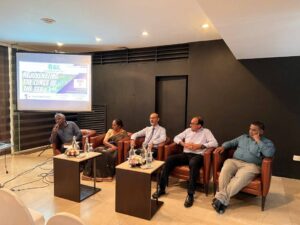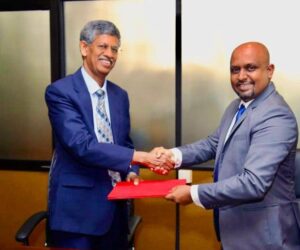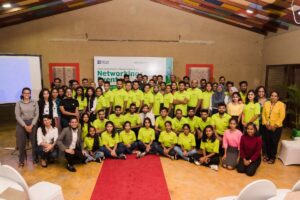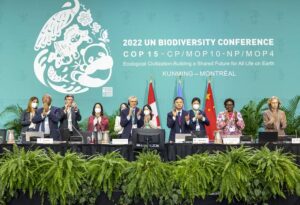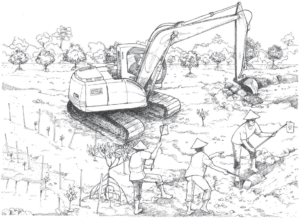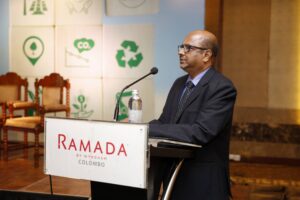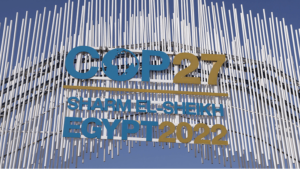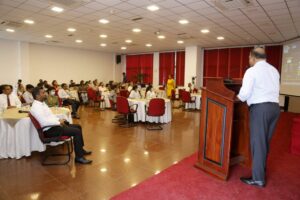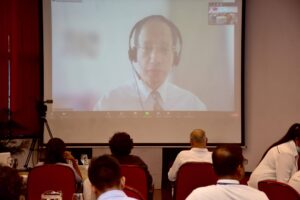More about our flagship project being undertaken jointly with the Department of Wildlife Conservation (DWC), the Wayamba University of Sri Lanka and selected private sector partners in the Anawilundawa Ramsar wetland sanctuary…
Phases of the project
Data collection on-site is as follows,
- Site assessment for the flora – completed
- Site assessment for fauna – Mammals, birds, fish, reptiles, amphibians, gastropods, crabs, and shrimps – ongoing
- Site assessment for threats – ongoing
- Site assessment for soil and water – completed
Bird watching
Floral survey
Water sample checking – pH, conductivity, temperature
Soil samples collecting – for soil carbon tests, pH
- Preparation of the grounds – completed (plot 07)
- Plots adjacent to the Dutch canal (to the west of the central canal) will be restored with mangroves and salt marsh species depending on the ability of the plants to colonize.
- DWC will create two constructed wetlands in the restoration area to provide habitats for fauna and other organisms.
- Plots to the west will be irrigated by means of individual canals to ensure the tidal flow of water from the Dutch Canal.
- Each partner responsible for the plots are expected to bear the cost of such hydrological interventions (construction of canals).
- The location of each plot’s canal will be decided on a case-by-case basis considering the topography (land elevation), existing flora, and most environmentally beneficial approach.
- Within each plot, depending on the contours within the plot, inner channels will be constructed. The width, depth, and design will be on a case-by-case basis.
Design – plot 07
Before
After
Remaining tasks
- Nursery management.
Nursery maintenance should be carried out with the support of the local community as a means of livelihood enhancement for them. Quotations should be called by DWC and the cost borne equally by all partners. The list of species is that should be raised at the nursery. Data sheets to be maintained at the nursery for growth monitoring and survival.
The same data sheet should be used for each plot to monitor the growth of approximately 100 tagged plants.
Nursery plants should be transferred to the definitive plots between 3-4 months of bagging.
Rhizophora mucronata dominates the Dutch Canal bank and areas where tidal water influx is significantly higher. Hence, R. mucronata will be used only in areas where such conditions are available. Also, direct planting is performed with mature hypocotyls at the right time after rain when the plots are acclimatised, the survival and growth rates are higher.
Other species – Avicennia marina, Avicennia officinalis, Bruguiera cylindrical, Aegicerus corniculatum, Nypa fruticans, Xylocarpus granatum, Heritiera littoralis, Lumnitzera racemose, Excoecaria agallocha
Specie – Excoecaria agallocha
Specie – Avicennia officinalis
- Gap filling.
Gap filling should be done only after removing the dead plant and soil associated with it. Gap filling should be done using the plants raised in nurseries. Also, mangrove associates should be used in gap filling.
- Maintenance of hydrology status.
Weekly observations of constructed channels should be done and log books should be maintained. Especially after heavy rains and floods, maintenance should be done. This avoids major maintenance.












